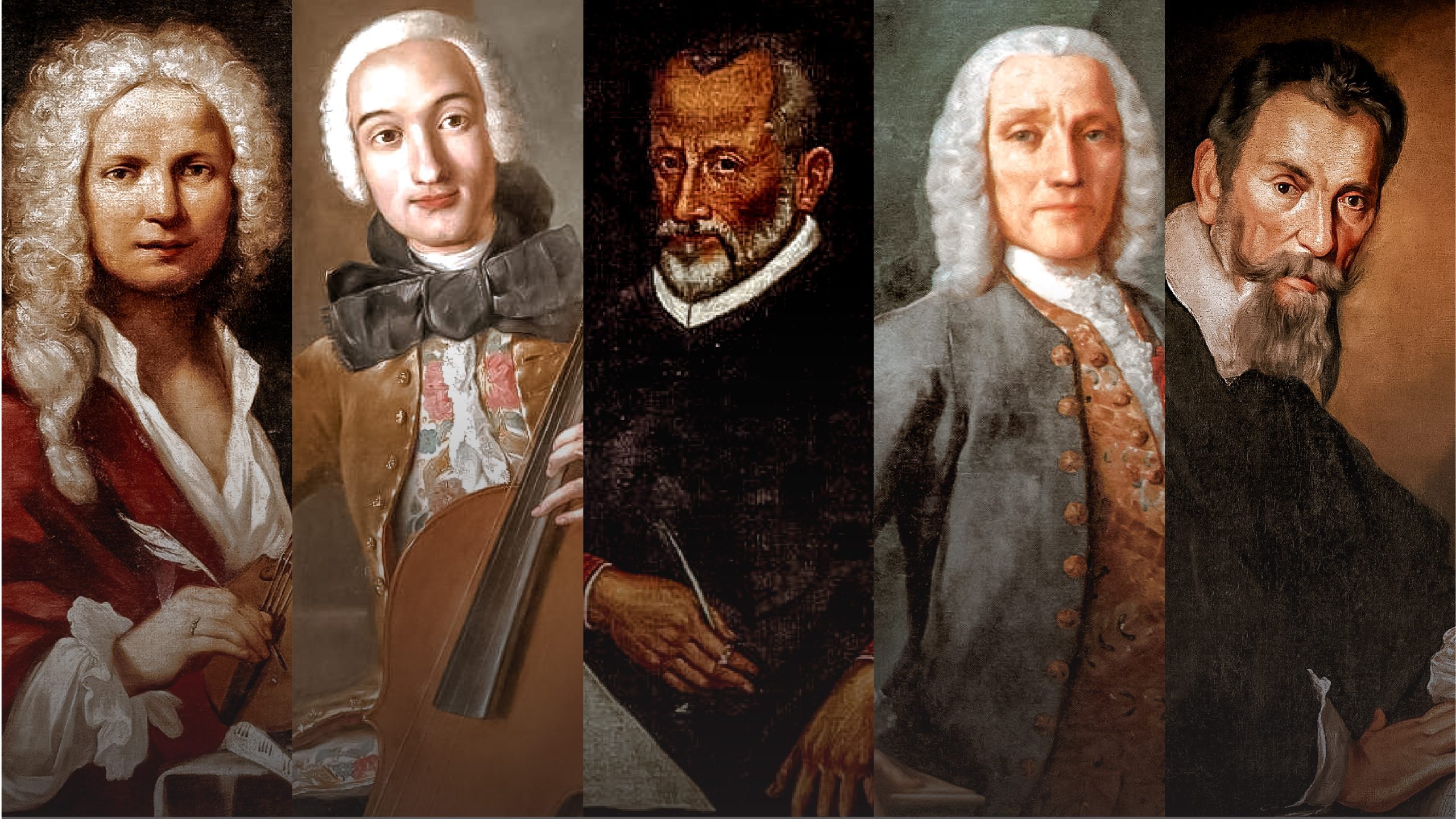Rich in history, culture and tradition, Italy has over the centuries gifted the world with countless artistic geniuses. And nowhere has this been more evident than in field of music. From Palestrina to Puccini, the country's Great Composers have led the way with new forms (such as opera) and styles (think Einaudi's neoclassicism), leaving an indelible mark on an age-old art.
Over the course of the next three weeks, America Domani is excited to take you on a musical journey via 15 of the most notable Italian composers in history. We're kicking off Part 1 in our series with a focus on the Renaissance and Baroque...
PALESTRINA (1525-1594)
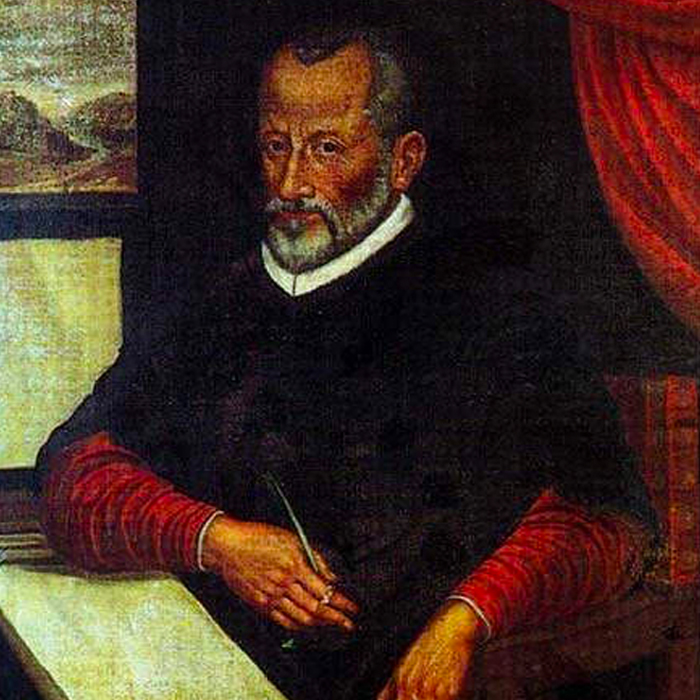
Born in the town with which he shared a name, Giovanni Palestrina was one of the most prolific composers of the Renaissance period, writing 105 masses, over 300 motets, and countless madrigals (secular songs of the day). He is best known for his fantastic use of polyphony, in which many independent melodies are woven together to create a rich musical texture within one harmonious piece. An accomplished organist and a singer, Palestrina served as Director of the Papal Choir in St Peter’s Basilica under Pope Julius III. His most famous mass, Missa Papae Marcelli, is still to this day sung in Catholic churches around the globe.
MONTEVERDI (1567-1643)
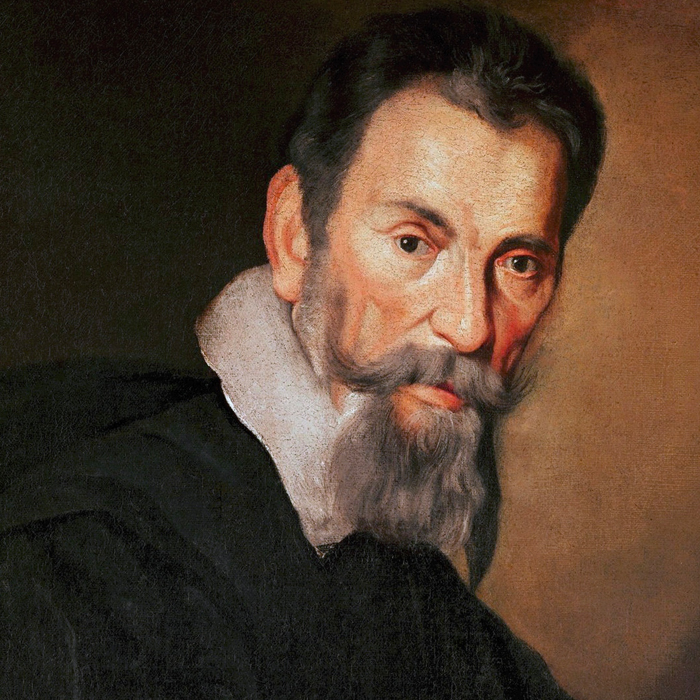
Bridging the Renaissance and Baroque periods, Claudio Monteverdi was born in Cremona, Lombardy in 1567. His work included religious and secular music alike, and he was a published composer by age 15. Also a musician and singer, he produced several books of madrigals (songs) that would earn him criticism for their unorthodox harmonies. But he is best known for his operas and is in fact considered the Father of Opera. His first, L’Orfeo, debuted in 1607 and cemented his reputation as one of Italy’s greatest composers.
VIVALDI (1678-1741)

Antonio Vivaldi was a virtuoso violinist, teacher, and priest. Born in Venice in 1678, he is considered one of the most influential composers of the Baroque period. He is best known for his concerti, which include The Four Seasons, a collection of 12 movements (three per season) for violin and orchestra. The beloved Music Master at an orphanage for girls, he also wrote for the choir, and his professional vocal work includes both operas and oratorios (“operas” in which the singers do not act out the story). As was typical of the time, many of his pieces were commissioned by members of the aristocracy, and he even performed for Pope Benedict XII. Vivaldi died in Vienna, Austria in 1741.
D. SCARLATTI (1685-1757)
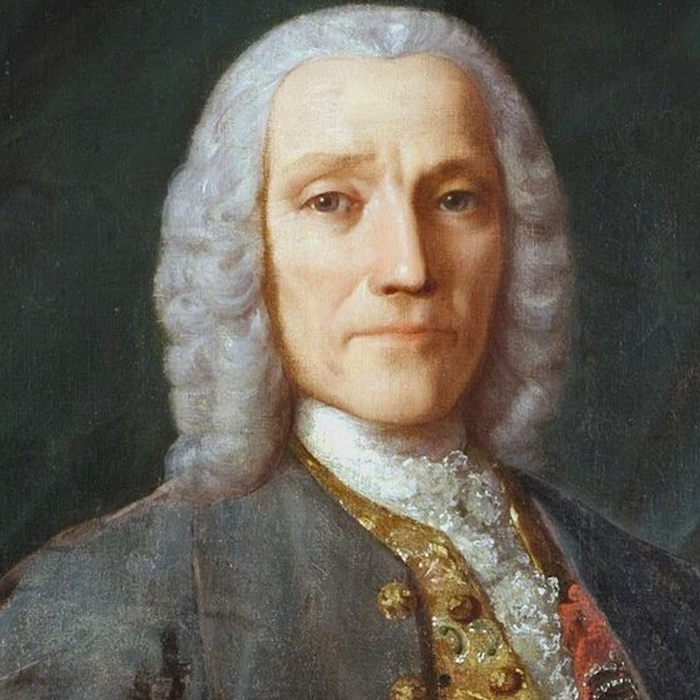
The son of famed opera composer Alessandro Scarlatti, Domenico was born in Naples in 1685 and showed musical promise at an early age. He was 16 when he became an organist at the Royal Chapel, and he’d written his first two operas by the time he reached adulthood. While Musical Director of the Julian Chapel at St. Peter’s Basilica, a role he held for five years, he produced one of his greatest works, Stabat Mater (1715). His other famed vocal piece, Salve Regina, was his last. But he is best known for his 555 sonatas, the vast majority of which were written for harpsichord (a predecessor of the piano). Scarlatti spent much of his adult life working for Spanish and Portuguese royalty, and he died in Madrid in 1757.
BOCCHERINI (1743-1805)
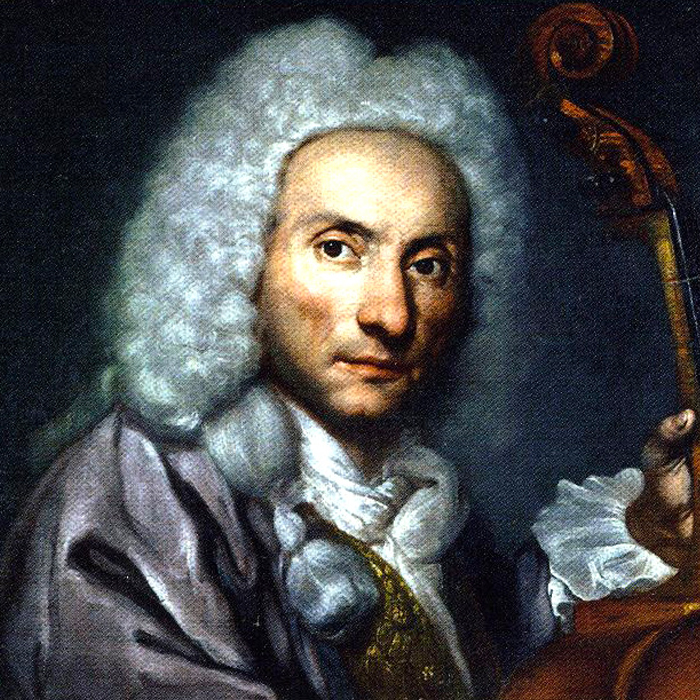
Born in Lucca in 1743, Luigi Boccherini was a cellist and composer who wrote more than 500 works over the course of his life. He is best known for his string quartets and quintets, of which he wrote over 100 each, but also published concerti, sonatas, symphonies, and vocal music. A composer of the Classical period, his music is light and simple, in contrast to the busy polyphony of the Baroque, and his most famous piece is undoubtedly the Minuet from his String Quintet in E Major. Boccherini ultimately left Italy for Spain, where he died, but his remains were returned to Lucca in 1927 and now sit in the Basilica of San Francesco.


